MasterCraft 055-6742-8 User Manual
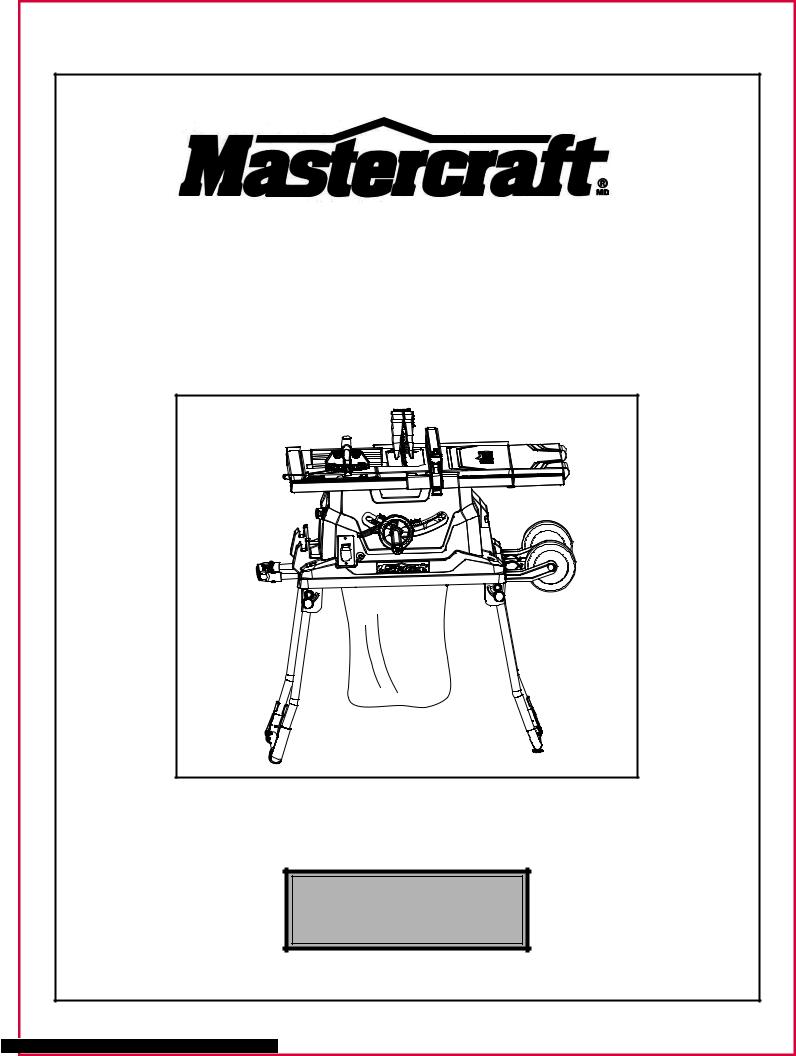
TABLE SAW
WITH SLIDING TABLE
055-6742-8
User Manual
Toll-free helpline 1-800-689-9928

Table of contents |
|
SECTION |
PAGE |
I. Specifications............................................................................................ |
2 |
II. General safety guidelines ........................................................................ |
3 |
III. Electrical information .............................................................................. |
7 |
IV. Know your table saw............................................................................... |
8 |
V. Assembly and adjustments...................................................................... |
9 |
VI. Operating instructions ............................................................................ |
23 |
VII. Maintenance.......................................................................................... |
30 |
VIII. Troubleshooting guide.......................................................................... |
32 |
IX. Warranty................................................................................................. |
33 |
X. Part list .................................................................................................... |
34 |
I.Specifications
Motor: |
120 V, 60 Hz, 15 A, |
Speed: |
4500 RPM (no load) |
Blade: |
10” (25.4 cm) carbide-tipped |
Right extension table: |
19 11/16 x 6 1/10” (50 x 15.5 cm) |
Main table size: |
26 1/2 x 19 11/16” (67.3 x 50 cm) |
Rear table size: |
26 1/2 x 2 1/2” (67.3 x 6.4 cm) |
Sliding tale size: |
8 2/3” x 19 11/16” (22 x 50 cm) |
Laser: |
Class IIIA |
Laser wavelength: |
630–665 nm |
Laser outpower: |
<5 mW |
Net weight: |
75 lb (34 kg) |
Depth of cut at 90°: |
3 9/64” (8 cm) |
Depth of cut at 45°: |
2 5/32” (5.5 cm) |
2 |
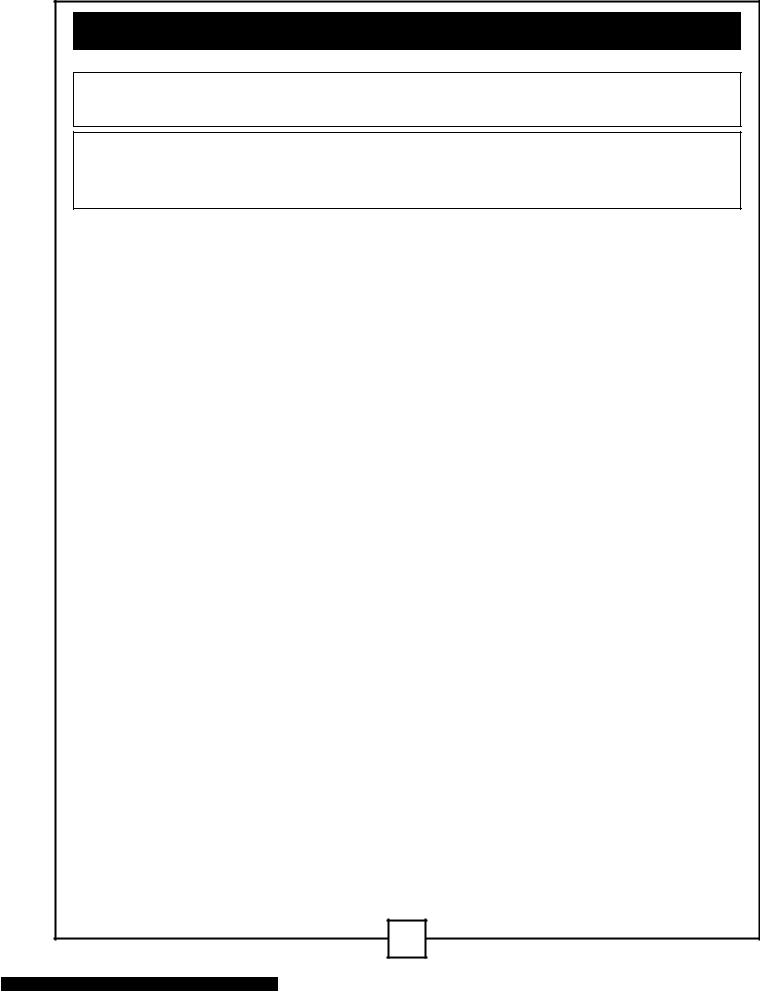
II. General safety guidelines
WARNING: Read all the safety guidelines and instructions before you use this electric power tool!
WARNING! When using electrical power tools, the following essential safety measures have to be observed to prevent electric shocks, injury and fire hazards. Failure to adhere to the safety guidelines and instructions can cause electric shock, fire and/or severe injuries.
1.1. Store all safety guidelines and instructions for future use.
2.This device is not intended for use by people (including children) lacking experience with electrical power tools unless they have received instructions about how the device is to be used. Children have to be supervised to ensure that they do not play with the device.
3.Store the operating instructions so that they are always available to the user of the tool when it is being operated.
4.If you lend this device to other people, then always hand over these operating instructions to ensure safe use. Instruct inexperienced people in accordance with these safety instructions.
5.Keep your working area tidy. Untidiness in your work area can cause accidents.
6.Pay attention to the surrounding conditions. Do not expose the electric power tool to rain. Do not use electric power tools in damp or wet conditions. Ensure that the work area is well lit. Do not use electric power tools where there is a danger of fire or explosion.
7.Protect yourself against electric shocks. Avoid bodily contact with earthed parts (e.g. pipes, radiators, electric hobs or cooling appliances).
8.Keep other people away from the work area. Do not let other people, especially children, touch the electric power tool or the power cable. Keep them away from your work area.
9.Store unused electric power tools safety. Unused electric power tools should be stored in a dry, high-lying or locked place, out of the reach of children.
10.Do not overload your electric power tool. It works better and more securely within the stated output range.
11.Use the correct electric power tool. Do not use inefficient machines for heavy work. Do not use the electric power tool for purposes which it was not intended for. For example, do not use circular saws to cut wooden masts or logs.
12.Wear suitable clothing. Do not wear baggy clothing or jewellery, as they can be caught by moving parts. When working outdoors, anti-slip shoes are recommended. If you have long
3 |
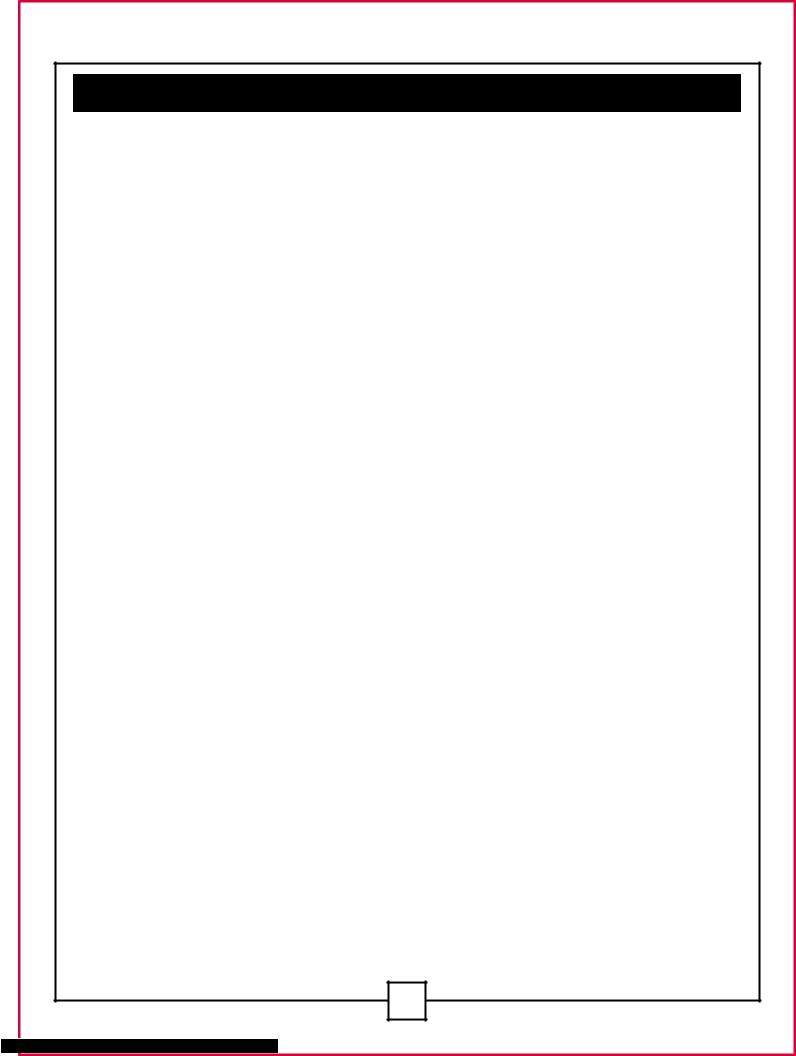
II. General safety guidelines(continued)
hair, wear a hair net.
13.Wear safety equipment. Wear safety goggles. If the work creates dust, wear a dust mask.
14.Attach the dust extraction unit. If there are connections for dust extraction and collection equipment, then make sure that the equipment is correctly attached and used.
15.Never use the cable for purposes which it is not intended for. Do not use the cable to pull the plug out of the power socket. Protect the cable form heat, oil and sharp edges.
16.Secure the workpiece, when necessary use clamping devices to secure the workpiece. The workpiece is thereby secured better than by hand.
17.Avoid taking abnormal stances. Make sure you stand securely and keep your balance at all times.
18.Look after your tool with care. Keep the cutting tool sharp and clean so that you are able to work better and safer with it. Observe the guidelines on lubrication and exchanging the tool. Check the power cable of the electric power tool regularly and in case of damage let a recognized specialist repair it. Check extension cables regularly and replace them if they are damaged. Keep the handles dry, clean and free of oil and grease.
19.Pull the plug out of the power socket when the electric power tool is not in use, before maintenance and when exchanging tools such as saw blades, drills and mills.
20.Do not leave keys in the device. Before you switch the device off, check that keys and setting tools have been removed.
21.Avoid starting-up the device accidentally. Make sure that when you insert the plug into the power socket, the power switch is turned off.
22.Use an extension cable when working outdoors. Only use extension cables outdoors which are authorized for outdoor use and are correspondingly marked.
23.Be attentive. Be careful what you do. Carry out your work sensibly.
24.Check the electric power tool for any sign of damage. Before continuing work with electric power tool, safety devices or easily damaged parts have to be carefully checked to ensure that they function properly and are not defective. Check that the moving parts are working properly and are not jammed, or whether the parts are damaged. All parts must be correctly assembled by an experienced individual, unless stated otherwise in the operating instructions, and meet all required conditions in order to guarantee that the electric power tool functions without a problem. Damaged switches have to be replaced by a qualified electrician. Do not use electric power tools if the power switch cannot be turned on and off.
4 |

II. General safety guidelines(continued)
25.WARNING!The use of other insertion tools and accessories can present a danger of injury to you.
26.Let a specialist electrician repair your electric power tool. This electric power tool corresponds to the applicable safety conditions. Repairs are only allowed to be carried out by a specialist electrician, using original replacement parts; otherwise accidents may occur.
Additional safety guidelines for circular table saws
27.No other people are allowed to stand in the direct vicinity of the machine when it is in use. People not operating the machine must maintain a suitable safe distance!
28.Never lay the power cable over the machine table!
29.Use the push rod to pass the workpiece safely into the saw blade! Do not come too close to the saw blade!
30.Make sure that the thickness of the material to be cut is less than the maximum possible cutting depth.
31.Never cut “hands-free”! The workpiece must always lie level on the machine table and be moved along the stop! The workpiece must always be pressed hard against the stop!
32.Never cut workpieces that are so small that they cannot be safety pressed against the stop and could turn!
33.Never cut workpieces that are so small that they cannot be moved by the push rod at a safe distance from the saw blade!
34.Only cut one workpiece at a time! Never cut several workpieces simultaneously! Workpiece are not allowed to be placed behind or on top of each other!
35.There is a danger of the workpiece “jamming” and slipping away!
36.Make sure that the workpiece cannot slip while cutting or get jammed in the saw blade!
37.Clean the working area and the workpiece after each cut.
Warning! Switch the device off, remove the plug from the power socket and let the machine come to a standstill! No foreign bodies are allowed to be on the workpiece or the machine table! Cut pieces of the workpiece can be caught by the rotating cutting disc and be flung away!
5 |
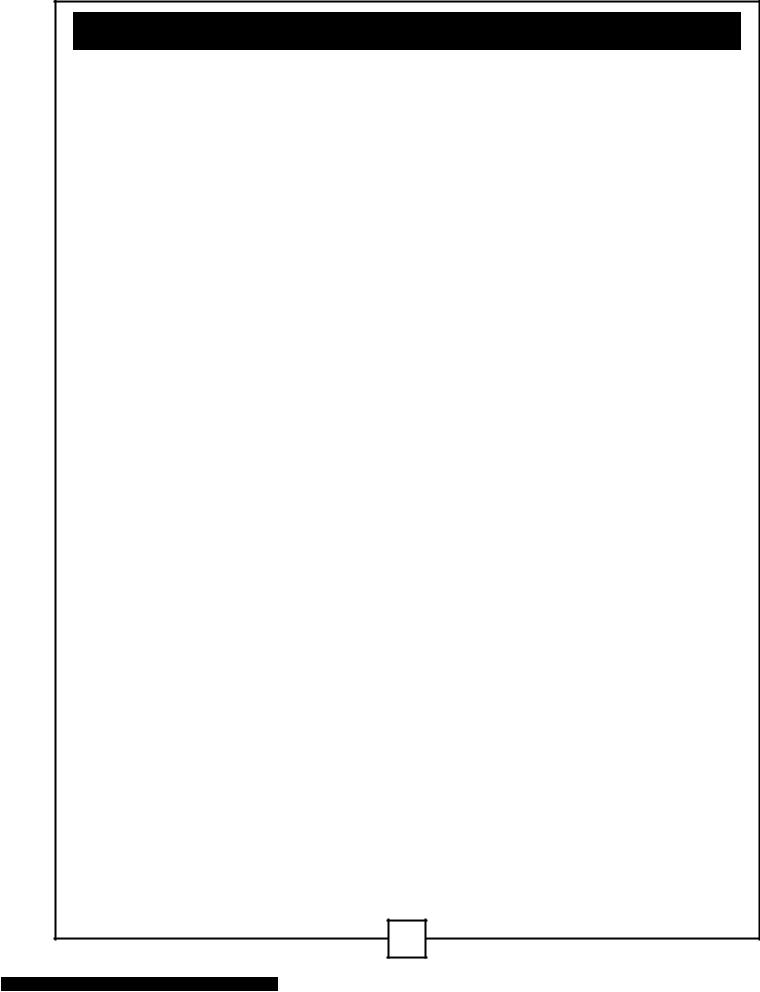
II. General safety guidelines(continued)
38.Never reach into the openings of the device! Never insert objects into the openings of the device (e.g. the saw blade casing, dust extraction adaptor). Danger of cuts!
39.Never remove the cutting piece if the machine is still switched on or running! Danger of cutting yourself!
40.Cut workpieces may have sharp edges, ridges or wooden splinters! Danger of cutting injuries!
41.Always switch the machine off and remove the power plug when your leave the machine.
42.Never expose the device to rain or extreme moisture!
43.Do not perform any cuts with this circular table saw, other than those described in these operating instructions! Seams and notches are not allowed to be sawn!
44.Circular saws are not allowed to be used for slitting (notches which end in the workpiece)!
KEEP THIS USER’S MANUAL IN A SAFE PLACE FOR FUTURE REFERENCE.
6 |
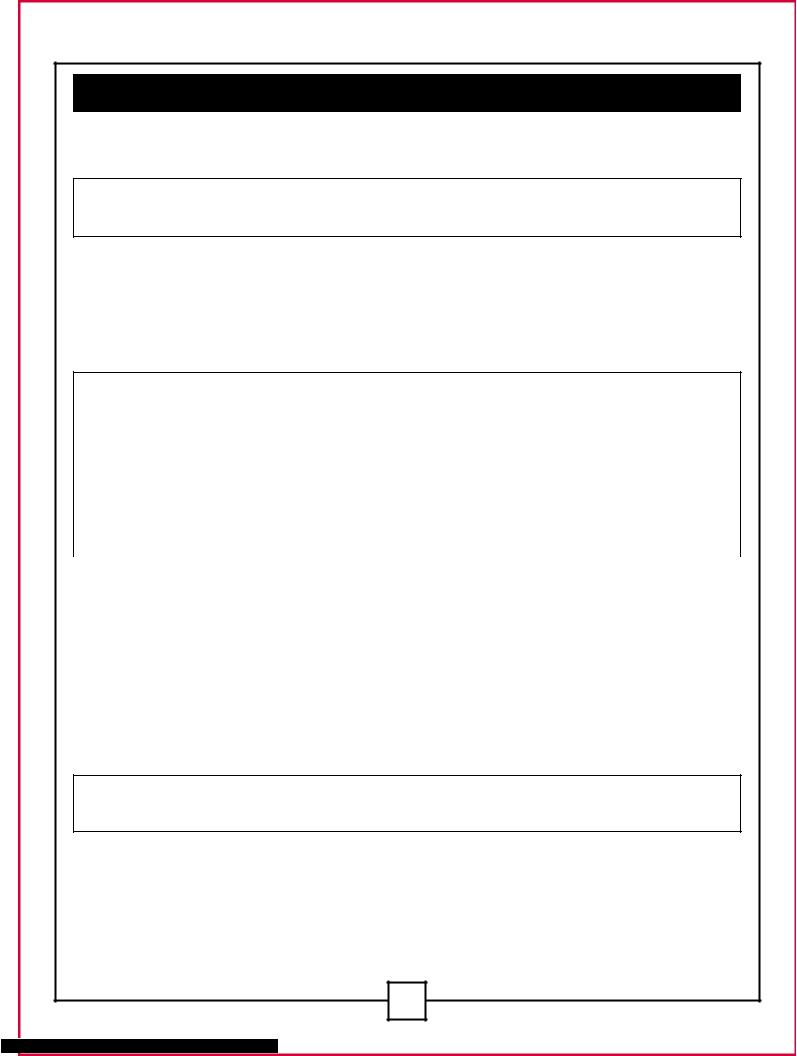
III. Electrical information
GUIDELINES FOR USING EXTENSION CORDS
WARNING: THIS TABLE SAW IS INTENDED FOR INDOOR USE ONLY. DO NOT EXPOSE IT TO RAIN OR USE IT IN DAMP LOCATIONS.
Make sure the extension cord is in good condition. When using an extension cord, be sure to use one that is heavy enough to carry the current that your product will draw. An undersized cord will cause a drop in line voltage, which will result in loss of power and overheating. The table below shows the correct size to be used according to cord length and nameplate ampere rating. When in doubt, use the next heavier gauge. The smaller the gauge number, the heavier the cord.
MINIMUM GAUGE FOR EXTENSION CORDS(AWG) (when using 120 V only)
Ampere Rating |
|
Total length of cord in feet (metres) |
|||
|
|
|
|
|
|
More Than |
Not More Than |
25’ (7.6 m) |
50’ (15.2 m) |
100’ (30.5 m) |
150’ (45.7 m) |
|
|
|
|
|
|
0 |
6 |
18 |
16 |
16 |
14 |
|
|
|
|
|
|
6 |
10 |
18 |
16 |
14 |
12 |
10 |
12 |
16 |
16 |
14 |
12 |
12 |
16 |
14 |
12 |
Not Recommended |
|
Make sure your extension cord is properly wired and in good condition. Always replace a damaged extension cord, or have it repaired by a qualified person before using it. Protect your extension cords from sharp objects, excessive heat, and damp or wet areas.
Use a separate electrical circuit for your tools. This circuit must consist of not less than #12 wire with a 20 A time-delayed fuse or a #14 wire with a 15 A time-delayed fuse. Before connecting the motor to the power line, make sure the switch is in the OFF position and the electric current is rated the same as the current stamped on the motor nameplate. Running at a lower voltage will damage the motor.
WARNING: THIS TOOL MUST BE GROUNDED WHILE IN USE IN ORDER TO PROTECT THE OPERATOR FROM ELECTRIC SHOCK.
7 |

IV. Know your table saw
Table insert |
Blade guard |
|
|
||
Mitre gauge |
Rip fence |
|
Sliding mitre table |
Side table |
|
Sliding mitre table |
||
extension |
||
locking lever |
|
Blade bevel lock knob
Bevel angle pointer and scale
Stand handle |
|
ON/OFF switch Key |
Roller wheels |
|
|
Bevel angle |
|
pointer and scale |
|
Stand leg locking |
|
lever |
|
Fold and roll stand |
Blade raising/tilting |
|
control handle |
|
Dust bag |
Anti-Kickback pawls
Blade
Splitter
Rear |
|
|
|
extension |
|
|
Blade |
table |
|
|
|
|
|
|
storage |
Limited hook |
|
|
Rip fence |
|
|
|
storage |
|
|
|
Push |
|
|
|
sticker |
Cord wrap |
|
Mounting |
storage |
|
Guard pothook |
hole |
|
|
|
|
8 |
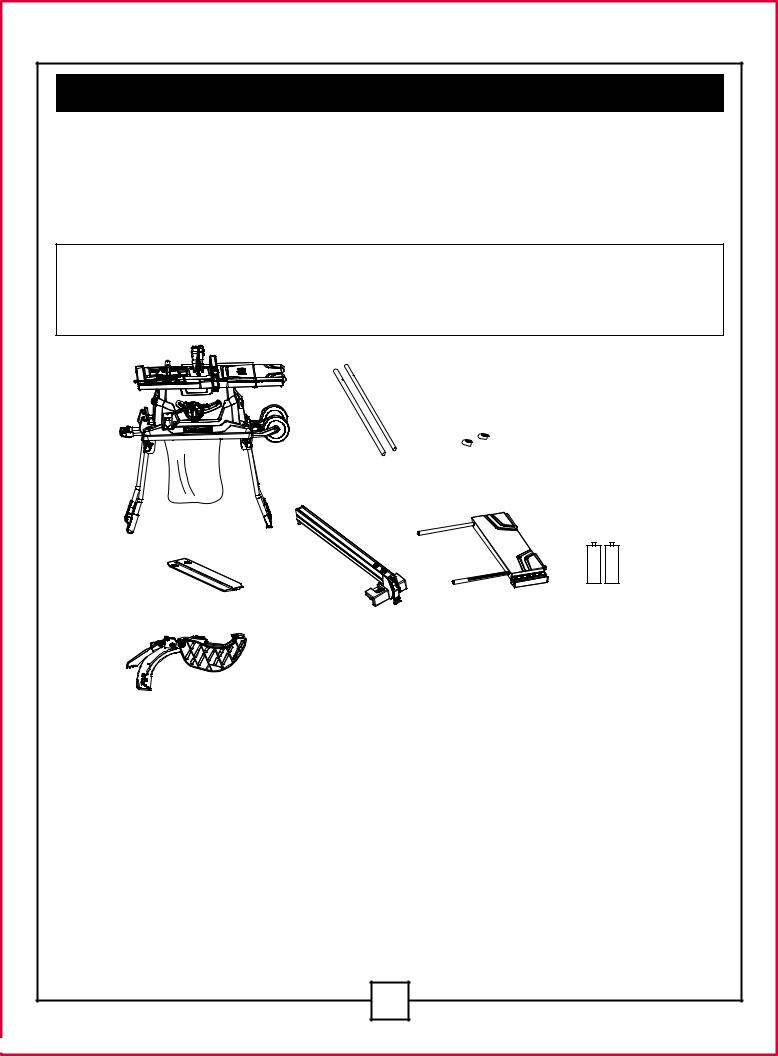
V. Assembly and adjustments
UNPACKING
1.Carefully remove the table saw from the carton.
2.Separate the parts.
3.Lay out all of the parts, and check them against the parts listed below. Examine all of the parts carefully.
WARNING:
• IF ANY PART IS MISSING OR DAMAGED, DO NOT PLUG THE TABLE SAW IN UNTIL THE MISSING OR DAMAGEDPART HAS BEEN REP AIRED OR REPLACED.
• FOR MORE INFORMA TION, CALL THE TOLL-FREE HELPLINEAT 1-800-689-9928.
Screw |
|
Rear table extension Locating seats |
Rear table |
tubes |
extension |
Table saw assembly
Dado insert |
Rip fence |
Right table extension Batteries |
|
Blade guard |
Mitre gauge Blade wrenches |
Push sticker |
|
and splitter |
|
|
|
Dust bag |
Roller wheels |
Hex bolts Levelling pad Stand extension poles |
Limited hook |
Guard pothhook |
Wheel support |
Pull handle |
9 |

INSTALLING THE BATTERIES FOR THE LASER LINE (FIG. 1)
1. Uninstall the blade guard component by
loosening the handle (1). Remove the Fig. 1 locking screw(2) on the battery box cover
with a screwdriver, and open the battery compartment.
2.Install two “AAA” batteries.
3.Install the battery box cover by closing the screw (2), tighten it securely.
4.Turn the switch (3) to the ON position in order to activate the laser cutting guide.
THE LASER LINE
1
3
2
This tool is equipped with a Hawkeye Laser Line, which is a battery-powered laser cutting guide. The laser line allows the operator to anticipate the path of the saw blade on the workpiece before beginning cutting.
WARNING: The laser beam is emitted when the laser line is turned on. Do not stare into the beam or view it directly using optical instruments. Do not remove the warning label that is aaffixed to the laser cover. Avoid aiming the laser beam directly into the eyes. Caution-use of controls or adjustments or performance of procedures other than those specified herein may result in hazardous radiation exposure.
CAUTION-The use of optical instruments with this product will increase eye hazard.
NOTE |
|
|
|
|
|
|
|
|
|
|
|
• A laser beam is not a toy, and it should not be |
|
|
|
|
|
|
|
|
|
|
|
|
|
|
|
|
|
|
|
|
|
|
|
|
|
|
DANGER |
|
|
|
|
||||
used by children. Misuse of the laser line can lead |
|
|
|
|
|
|
|
||||
|
|
LASER RADIATION-AVOID DIRECT EYE EXPOSURE |
|
|
|
||||||
to irreparable eye damage. |
|
|
|
|
|
||||||
|
|
|
|
|
|
|
|
|
|
|
|
|
|
|
|
|
|
|
|
|
|
|
|
• strongly recommend the use of laser protective |
|
|
|
|
|
|
|
|
|
|
|
|
|
|
|
|
|
|
|
|
|
|
|
|
|
|
|
|
|
|
|
|
|
|
|
|
|
|
|
|
|
|
|
|
|
|
|
|
|
|
|
|
|
|
|
|
|
|
|
eyewear for the specific wavelength of emitted |
|
|
|
|
|
|
|
|
|
|
|
|
|
|
|
|
|
|
|
|
|
|
|
|
|
|
|
|
|
|
|
|
|
|
|
light when working on or near reflective surfaces. |
|
|
|
|
|
|
|
|
|
|
|
•Do not perform any adjustments that are intended to increase the power of the laser.
•When using the laser line, do not point the laser beam at people and/or reflecting surfaces. Even a low-intensity laser beam can cause eye damage. Do not look directly into the laser beam.
•If the laser line will not be used for more than three months, remove the batteries in order to avoid damage from possible leakage.
•The laser line does not include any user-serviceable components. Do not open the housing in an attempt to repair it.
•Repairs should only be carried out at a service centre or byan authorized service technician.
10 |
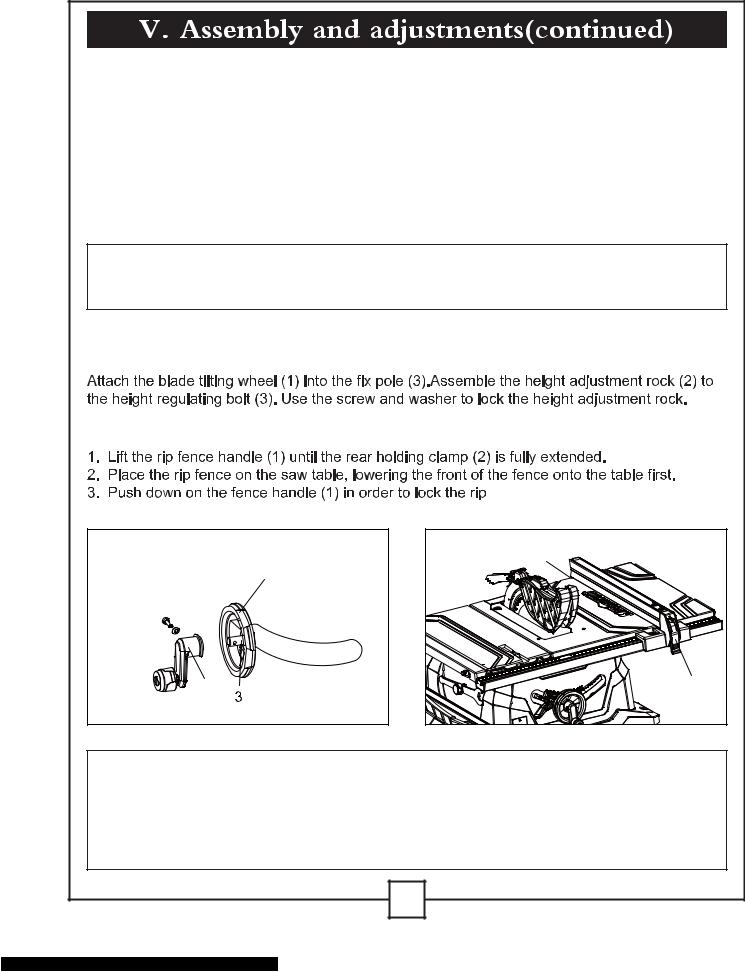
CAUTION
LASER RADIATION.
Do not stare into the beam or view it directly using optical instruments. Maximum output: <5 mW Wavelength: 630-665 nm Protection Class: IIIA
Keep Work Areas Clean
 Accumulated sawdust and wood chips can pose a safety hazard.
Accumulated sawdust and wood chips can pose a safety hazard.
 each cutting operation.
each cutting operation.
WARNING: KEEP THE WORK AREA CLEAN, UNCLUTTERED, AND WELL-LIT. DO NOT WORK ON A FLOOR SURFACE THAT IS SLIPPERY FROM ACCUMULATED SAWDUST, DEBRIS OR WAX.
ASSEMBLING THE BLADE RAISING/
TILTING CONTROL HANDLE (FIG. 2)
RIP FENCE (FIG. 3) |
|
|
|
|
fence in position. |
Fig. 2 |
Fig. 3 |
2 |
|
|
|
|
1 |
|
2 |
|
1 |
WARNING: IN ORDER TO AVOID INJURY FROM AN ACCIDENTAL START-UP, VERIFY THAT THE POWER SWITCH IS IN THE “OFF” POSITION, THAT THE SAFETY KEY IS REMOVED, AND THAT THE POWER CORD IS NOT PLUGGED INTO THE OUTLET. IN ORDER TO AVOID SERIOUS INJURY, THE REAR OF THE TABLE INSERT MUST BE FLUSH WITH THE TABLE DURING ALL SAWING OPERATIONS. A RUBBER ADJUSTING SPACER IS PROVIDED UNDER THE REAR OF THE INSERT FOR THIS PURPOSE.
11 |
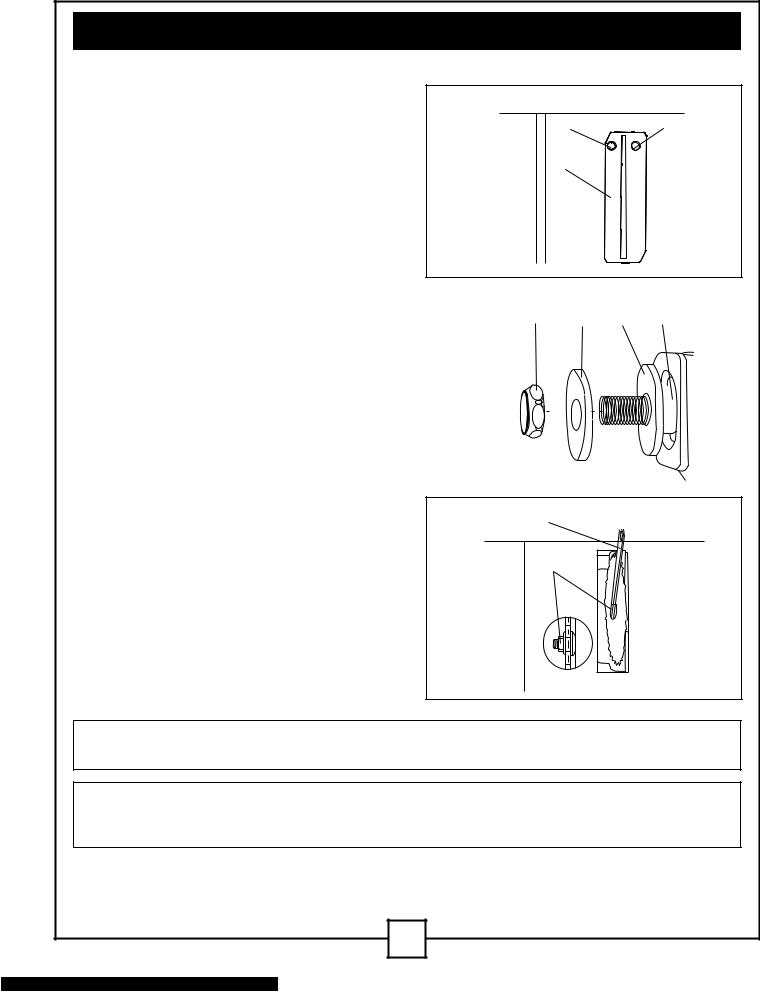
V. Assembly and adjustments(continued)
INSTALLING THE BLADE TO THE ARBOR (FIG. 4, 5, 6)
1.Remove the table insert(1)by inserting the finger into the hole (2&3) (see Fig.4).
2.Raise the saw blade arbor (4) to its maximum height by turning the blade raising control handle counter-clockwise. Remove the arbor nut (5) and the outer flange (6) from the saw arbor.
3.Place the saw blade onto the arbor, with the teeth of the blade pointing DOWN toward the front of the saw.
4.Place the flange (6) and the arbor nut (5) onto the arbor, and hand-tighten the nut. Verify that the saw blade is firmly seated against the inner flange (7) (Fig. 5).
NOTE: Verify that the large, flat surfaces of the flange and the nut face INWARD, toward the saw blade.
5.Place the open-ended blade wrench (8) on the flat of the outer flange (6) in order to prevent the arbor from turning while tightening. Tighten the arbor nut by turning it clockwise using the box-end blade wrench (9) (Fig. 6).
Fig. 4
2 3
1
Fig. 5 |
5 |
|
|
6 |
7 |
4 |
|
|
|
|
|
|
||||||||||||
|
|
|
|
|
|
|
|
|
|
|
|
|
|
|
|
|
|
|
|
|
|
|
|
|
|
|
|
|
|
|
|
|
|
|
|
|
|
|
|
|
|
|
|
|
|
|
|
|
|
|
|
|
|
|
|
|
|
|
|
|
|
|
|
|
|
|
|
|
|
|
|
|
|
|
|
|
|
|
|
|
|
|
|
|
|
|
|
|
|
|
|
|
|
|
|
|
|
|
|
|
|
|
|
|
|
|
|
|
|
|
|
|
|
|
|
|
|
|
|
|
|
|
|
|
|
|
|
|
|
|
|
|
|
|
|
|
|
|
|
|
|
|
|
|
|
|
|
|
|
|
|
|
|
|
|
|
|
|
|
|
|
|
|
|
|
|
|
|
|
|
|
|
|
|
|
|
|
|
|
|
|
|
|
|
|
|
|
|
|
|
|
|
|
|
|
|
|
|
|
|
|
|
|
|
|
|
|
|
|
|
|
|
|
|
|
|
|
|
|
|
|
|
|
|
|
|
|
|
|
|
|
|
|
|
|
|
|
|
|
|
|
|
|
|
|
|
|
|
|
|
|
|
|
|
|
|
|
|
|
|
|
|
|
|
|
|
|
|
|
|
|
|
|
|
|
|
|
|
|
|
|
|
|
|
|
|
|
|
|
|
|
|
|
|
|
|
|
|
|
Fig. 6 |
9 |
5

 8
8
WARNING: VERIFY THAT THE SAW BLADE, THE ARBOR FLANGE, AND THE NUT ARE PROPERLY SEATED, AND THAT THE ARBOR NUT IS TIGHTENED SECURELY.
WARNING: IN ORDER TO AVOID INJURY FROM AN ACCIDENTAL START-UP, VERIFY THAT THE POWER SWITCH IS IN THE “OFF” POSITION, AND THAT THE POWER CORD IS NOT PLUGGED INTO THE OUTLET.
12 |
